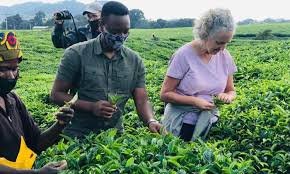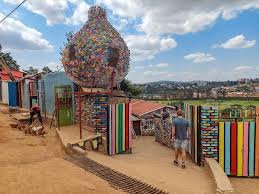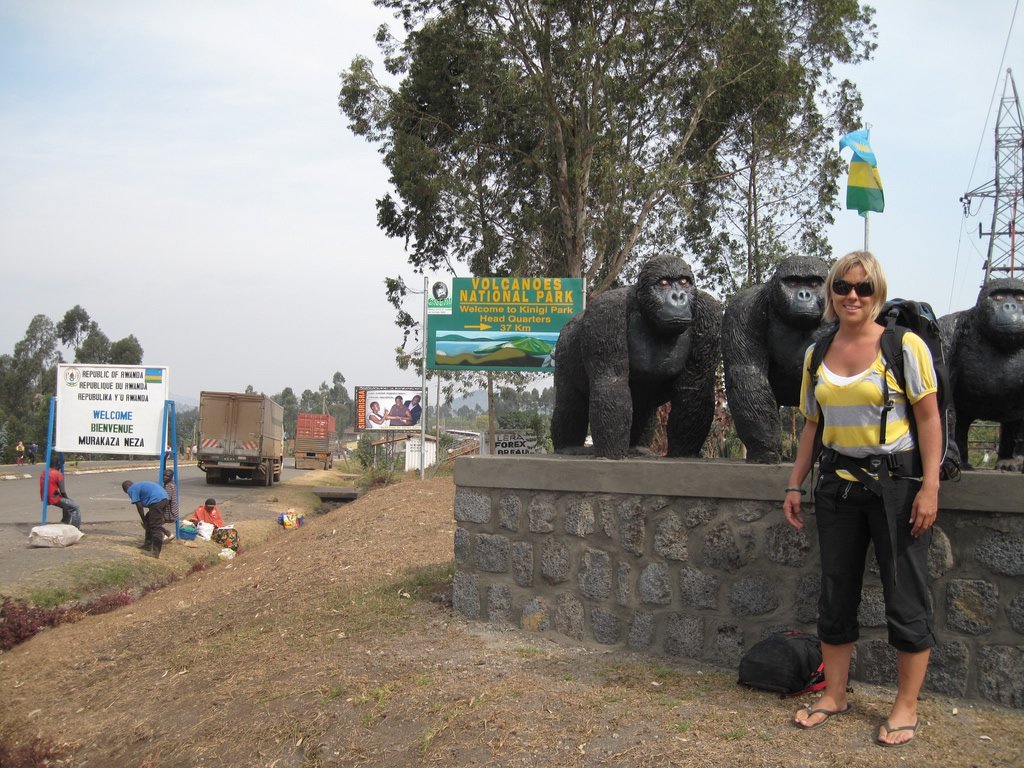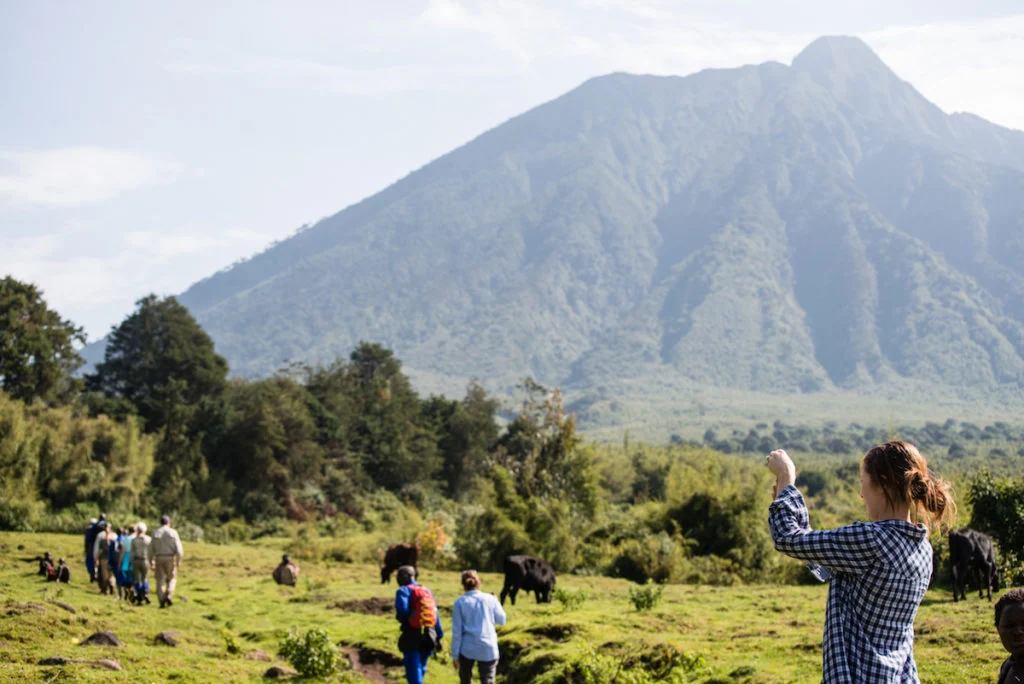
Rwanda is a country defined by its lush hills, fertile valleys, and deep-rooted agricultural heritage. As the world shifts toward sustainable and healthy living, Rwanda has embraced a rising trend that connects farmers directly with consumers: the farm-to-table movement. This blog takes you on a journey across the country’s farms, markets, restaurants, and policies to understand how Rwandans are redefining the food experience — one fresh ingredient at a time.
1. Understanding the Farm-to-Table Concept
The farm-to-table movement emphasizes sourcing food directly from local farms and producers, minimizing the distance between where food is grown and where it’s consumed. It’s about more than just freshness; it promotes sustainability, supports small-scale farmers, reduces environmental impact, and encourages seasonal eating.
In Rwanda, this movement is naturally aligned with the country’s agricultural structure, where over 70% of the population is engaged in farming. What’s emerging now is a more organized and intentional effort to bring farm produce to urban tables — with quality, traceability, and ethics in mind.
2. Agriculture in Rwanda: A Rich Foundation
Agriculture is the backbone of Rwanda’s economy. The country’s temperate climate and diverse topography allow for a variety of crops, including bananas, coffee, tea, maize, beans, cassava, sweet potatoes, and more recently, avocados and strawberries.
Key agricultural zones include:
- Nyamagabe and Huye: Known for potatoes and beans
- Rubavu and Musanze: Famous for Irish potatoes, vegetables, and dairy
- Nyamasheke and Rusizi: High-quality tea and coffee growing regions
- Eastern Province: Dominated by bananas, cassava, and maize
The government’s Crop Intensification Program (CIP) and Land Use Consolidation efforts have improved yields, while cooperatives and irrigation projects help stabilize food production.
3. The Rise of Local Food Markets
Open-air markets like Kimironko in Kigali or Rusizi Central Market offer a vibrant display of Rwanda’s agricultural abundance. Farmers and vendors sell fresh fruits, vegetables, spices, legumes, and traditional grains daily.
Farmers’ markets are gaining traction, particularly in urban areas. Events like the Kigali Farmers and Artisans Market provide a platform for small producers to sell directly to health-conscious consumers. These markets support organic farming, reduce food waste, and offer chemical-free alternatives.
Supermarkets and grocery stores are also investing in local sourcing. Chains like Simba, Sawa Citi, and Nakumatt (formerly) now feature dedicated sections for local produce.
4. Restaurants Leading the Movement
Rwanda’s restaurant scene is adapting to the farm-to-table ethos. Chefs and owners are building relationships with farmers and using seasonal produce to craft menus that reflect Rwandan terroir.
Some trailblazers include:
- Heaven Restaurant (Kigali): A pioneer in sourcing local, organic produce and training chefs in sustainable cooking.
- Meze Fresh: Uses fresh Rwandan-grown vegetables in their burritos and bowls.
- The Hut and Poivre Noir: Known for creating fine dining experiences with locally grown meats, greens, and herbs.
- Ikawa Café: Serves farm-sourced Rwandan coffee and artisanal baked goods.
Beyond the capital, guesthouses and eco-lodges like Nyungwe Top View Hill Hotel and Virunga Lodge also embrace local sourcing, offering guests a taste of authentic, fresh Rwandan cuisine.
5. Urban Farming and Rooftop Gardens
In Kigali and other cities, space constraints have given rise to innovative solutions like rooftop gardens, balcony farms, and vertical farming systems. These initiatives not only beautify urban spaces but also supply households and small restaurants with fresh greens, herbs, and vegetables.
Groups like Kigali Urban Farming Collective promote home gardening and composting, encouraging families to grow their own food even in tight spaces. Schools have also adopted school gardens to teach children about food systems and nutrition.
6. Organic Farming and Certification
Organic farming is growing in popularity as consumers become more health-conscious. While certification is still in its early stages, organizations like ROAM (Rwanda Organic Agriculture Movement) are working to support farmers through training, advocacy, and market access.
Common organic products include:
- Vegetables (spinach, carrots, eggplants)
- Herbs (basil, mint, lemongrass)
- Fruits (papayas, pineapples, passion fruits)
- Eggs and poultry raised without antibiotics
Restaurants and cafes often proudly indicate organic or pesticide-free sourcing on their menus, appealing to a growing audience of eco-conscious diners.
7. Supporting Women and Youth Farmers
Women play a crucial role in Rwanda’s agricultural sector, yet they often lack access to land, finance, and markets. The farm-to-table movement offers opportunities to highlight their work.
Initiatives like Inka Nziza (for women livestock keepers) and Duhamic Adri (for rural women cooperatives) are helping increase visibility and earnings.
Youth are also finding new paths through agribusiness. Startups are emerging around hydroponics, organic fertilizer production, and agri-tech apps connecting farms to buyers. Programs supported by MINAGRI (Ministry of Agriculture) and UNDP encourage youth-led innovations in the food supply chain.
8. Government and Policy Support
Rwanda’s leadership sees agriculture as key to achieving Vision 2050 and reducing rural poverty. Policies encourage climate-resilient farming, irrigation expansion, land use consolidation, and post-harvest handling improvements.
The National Agriculture Policy and the Strategic Plan for the Transformation of Agriculture (PSTA 4) emphasize:
- Value addition through agro-processing
- Food safety and quality standards
- Improved logistics and cold storage
- Market linkages for smallholder farmers
These policies align with Sustainable Development Goals (SDGs), especially SDG 2: Zero Hunger, and SDG 12: Responsible Consumption and Production.
9. Challenges Facing the Farm-to-Table Movement
Despite the progress, the movement faces obstacles:
- Limited cold chain infrastructure for perishables
- Urban-rural transport gaps
- Insufficient farmer training on organic methods
- Inconsistent supply due to weather or pests
- Lack of awareness among some consumers
Overcoming these requires sustained investment, partnerships between private and public sectors, and education campaigns on nutrition and sustainability.
10. The Future: Building a Sustainable Food Culture
Rwanda’s farm-to-table movement is not just a trend — it’s a shift toward healthier communities, stronger rural economies, and a more sustainable environment.
Future directions include:
- Wider adoption of organic certification systems
- Strengthening farmer cooperatives and digital platforms
- Expansion of agri-tourism and food experiences
- Culinary education focused on local and sustainable cooking
- Creating school curricula that teach food systems and nutrition
As this culture spreads, consumers are beginning to ask more questions: Where was this grown? Who grew it? How was it harvested? These questions are helping shape a new, conscious way of eating.
From terraced hills in Musanze to Kigali’s rooftop gardens, Rwanda is cultivating more than crops — it’s growing a movement that honors the land, empowers its people, and nourishes the future.




















